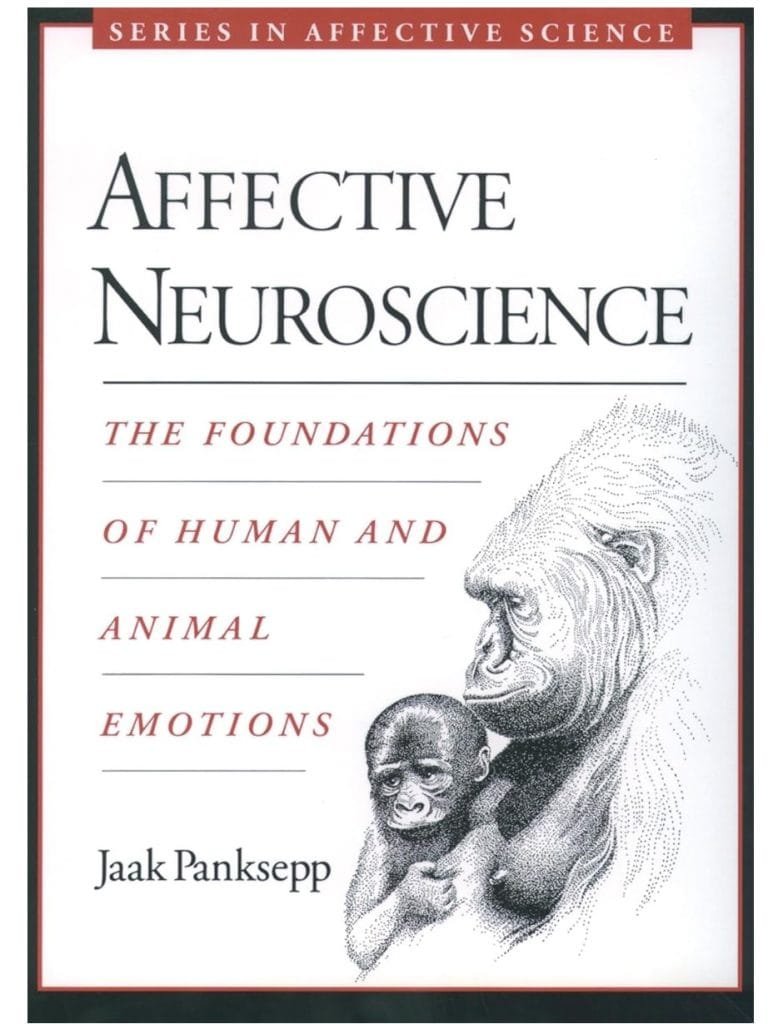Our Consciousness is capable of operating in two modes Primary and Secondary Consciousness.
Primary Consciousness
The first consciousness mode is what neuroscientist and psychedelic researcher, Robin Carhart-Harris, at Imperial College has called primary consciousness (or PC).
This early consciousness is shared with other animals and lacks abstract thought or time conception, based on sensory experiences, emotions, imagery, and non-verbal memory. It is less structured and filtered, involving brain stem, limbic system, motor control, and nervous system. Despite operating subconsciously, it is always present beneath awareness.
This system is the foundation to who you are. Your psychological functioning, and core programming about yourself, your relationships, and the world are stored here.
Secondary Consciousness
The second type is secondary consciousness (or SC). This is when your brain is operating in an ordinary, everyday, adult manner. It is capable of self reflection, abstract meaning making, cognitive thought, and goal orientation. It is verbal, rational, linear, it perceives time and generates a conscious sense of self that you identify as being you.
SC arises out of the most recently developed areas of the brain, that are organised by a key network known as the default mode network.
Default Mode Network
The brain ‘default mode network’ (DMN) is commonly defined as a set of cortex areas, encompassing mostly left and right middle frontal gyruses, bilateral frontal medial areas, left and right middle temporal and occipital gyruses, and left and right precuneus.
The DMN was identified in mapping brain areas that showed increased activity during passive tasks
The DMN is one of the most active parts of the brain, meaning it is constantly working to synchronise different areas to create secondary consciousness.
The DMN is the conductor of an orchestra, and the music that orchestra makes is your ordinary, everyday way of perceiving yourself and the world. One of the ways the DMN achieves this organising of experience is by suppressing primary consciousness, and the activity of the brain networks that produce primary consciousness.
The DMN has been consistently activated across a wide variety of self-related tasks, leading to a proposal of the DMN’s role in self-related processing.

The Default Mode Network and Social Understanding of Others
Human beings are social animals that have a tendency to interpret stimuli according to their possible social relevance, we spend a huge amount of time assessing one’s own and other’s social relationships and positions by engaging in activities such as thinking about oneself.
Emotion Perception
Emotion plays a crucial role in human social cognition. Perceiving and interpreting other people’s emotion status is one of the most important steps during social interaction. Traditional studies on the neural mechanism of emotion adopted a locationist approach, which asserted that each basic emotion faculty has its own specialized neural circuitry that is architecturally distinct, inborn, and shared with other animals (Panksepp, 2004)

Theory of Mind
Theory of mind (TOM) refers to the ability to explain, predict, and interpret another person’s behavior by attributing affective and cognitive mental states such as desires, beliefs, intentions and emotions to other people.
TOM involves at least three basic processes: representing cognitive and affective mental states, attributing these mental states to others, and finally applying (or deploying) these mental states to correctly comprehend and forecast behaviour
Some researchers also declared that ToM was subserved by the posterior DMN (pDMN) regions. For instance, Saxe argued that the right TPJ was vital for representing mental states, particularly false beliefs (Saxe, 2006), and Samson and colleagues proposed that the left TPJ (coupled with the frontal lobes) was crucial for the representation of mental states (Samson et al., 2004).
The down side of secondary consciousness
The DMN creates secondary consciousness by shutting down primary consciousness, which contains natural mechanisms for processing stress. These mechanisms are linked to the autonomic nervous system, not thoughts.
An overactive DMN and secondary consciousness can lead to a loss of intimacy with ourselves and our emotions, as it filters reality too effectively, replacing mystery and wonder with predictability.
This can result in a rigid ego structure linked to depression and difficulty processing life events, impacting mental health.



